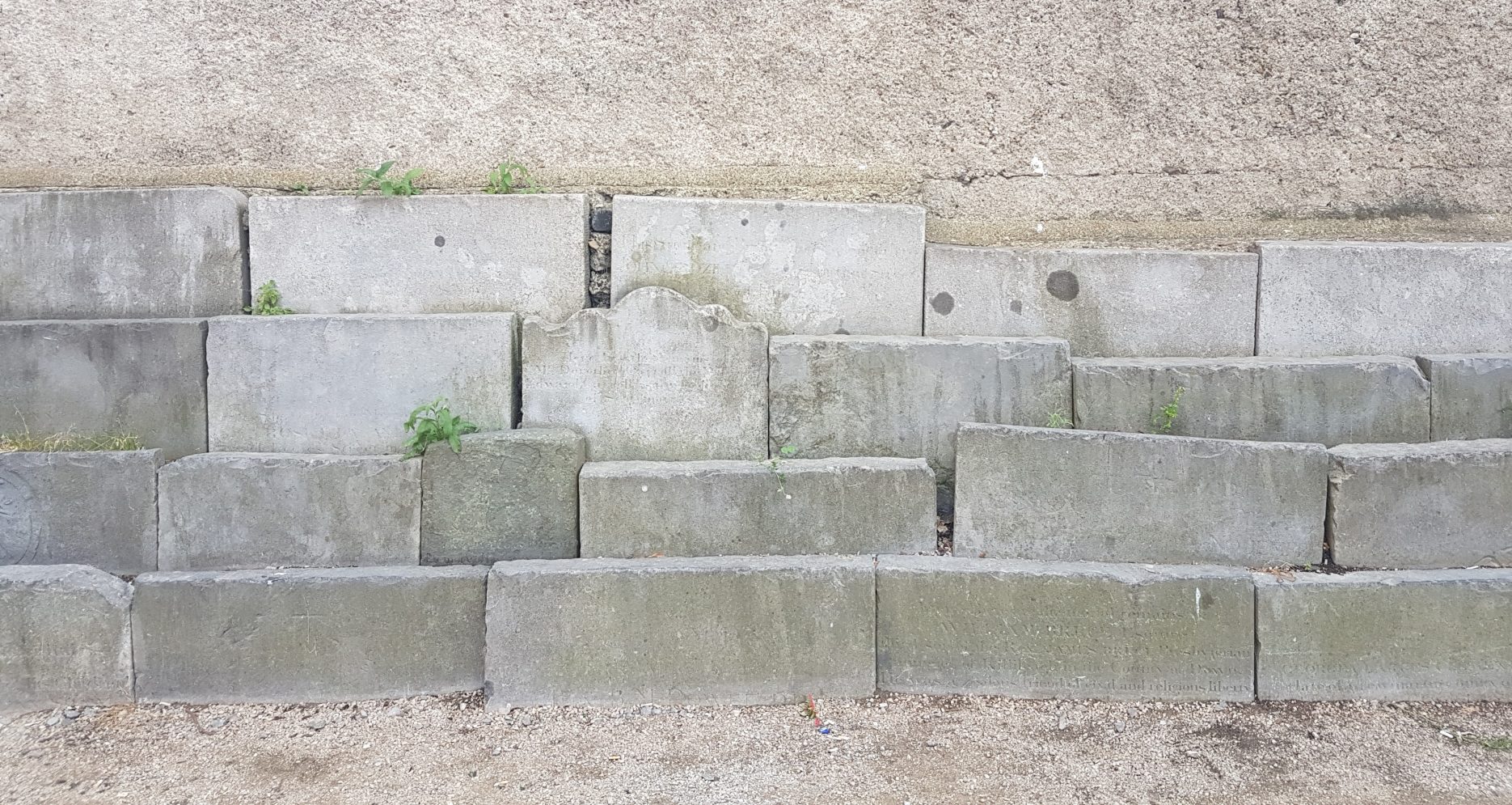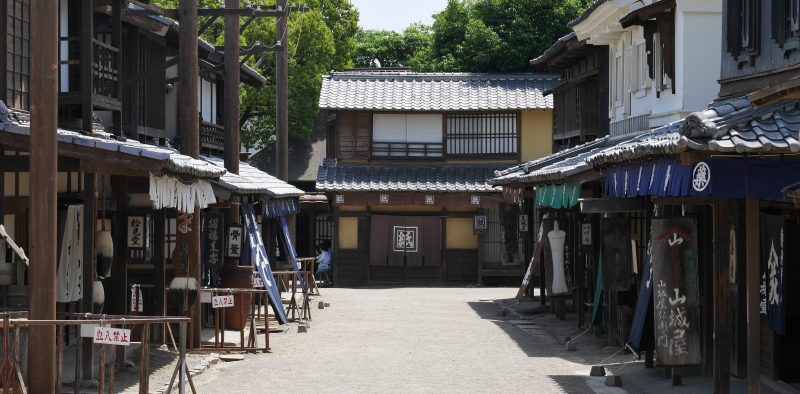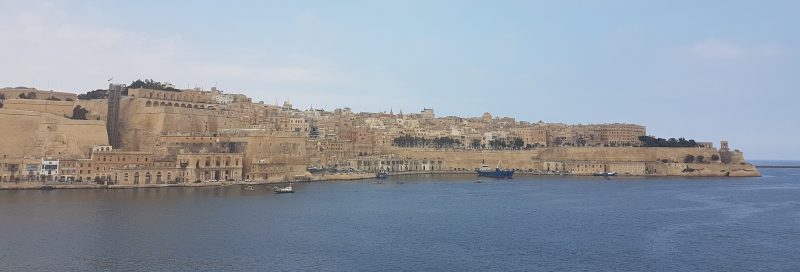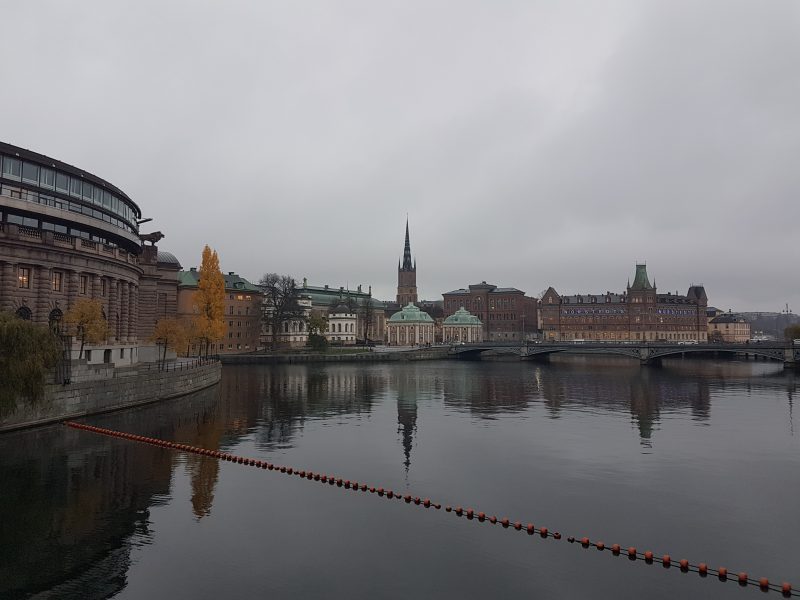After months of waiting, I arrived in Dublin with a 2 in 3 chance of permanently settling there. This introduced a bit of pressure and, sadly the first impression was not promising. Besides the 2 requirements of city size and degrees taught in English, there are a host of other required features of a city that can only be experienced:
- At least 4 – 6 neighbourhoods in the city that are desirable or likeable, creating enough opportunity for exploration and variety.
- The people should be friendly. Every country has its stereotypes and differences, but you should be able to make friends, not just with expats but with natives as well.
- While the city centre doesn’t exactly have to be the main destination you spend most of your time, it should be at least bearable to visit. A lot of social events (Meetup.com) will be hosted in the centre, you might in fact spend a lot of time there after first moving, so it should not be a place that you “hate to go” or “don’t feel comfortable”.
Thus far, there are at least 5 requirements for cities to be considered liveable.
Cycloidal tours and the discovery of polar Portobello

How do you access these liveable neighbourhoods? The best way is really to systematically walk through all of them, leaving no street untouched. One option are “cycloidal tours”, circular walks or bike rides through town (as seen of my first day in Dublin, Ireland).
- Day 1
- Arrived early; stored luggage at one of the many “tourist information centres”.
- Crashed a 2-hour walking tour of the centre, which was entirely acceptable and paid the tour fee.
- Checked into my AirBnb.
- Bought groceries and found 1 – 2 nicer sections of the centre.
- Day 2
- I predominantly focused on the areas south of the river (Liffey), hearing that there were more desirable areas, and stopped at Griffith College.
- During this tour, I only discovered one desirable area, Rathmines.
- Went to Socialize Dublin meetup.
- Day 3
- Continued my walking circuits in the centre, covering the western half of the city and Phoenix Park.
- Desirable areas found: 0.
- Went to New and Not So New in Dublin meetup.
After 3 days and over 40 kilometres of walking by foot around Dublin, I was getting quite discouraged. Despite being a massive city, Ireland’s capital didn’t have a lot of areas that interested me. Ideally, a great place should be evident from the start. Its appeal dropped hourly, increasing the probability that I would settle in Tallinn, the only other option.

Halfway through my time in Ireland, on the 4th day of my last resettlement tour, I finally went down a new section of a street that I had visited many times before. Following British fashion, this street changes names repeatedly and inexplicably. I had been on both Redmond’s Hill and Rathmines Road, one as the main thoroughfare to my accommodation and the later on my second day of tours. However, I had not been on the 2 kilometer stretch from Wexford Street, through Camden Street, to Richmond Street South, up to the canal: The famous Portobello neighbourhood of Dublin. The main street in Portobello, just south of the centre is undoubtedly the cultural heart of the city. Not only is there some beautiful street art, there are more restaurants, pubs, and cafes than you would know what to do with. Thus, on Day 4, I found 2 new liveable neighbourhoods: Portobello and the Ranelagh’ Triangle.
Dubliner friendliness and the expense of colonial Ireland
On Day 6, I found yet another neighbourhood around the Grand Canal, after walking back from a visit to University College Dublin. Although it was rather late in my trip, I was quite comfortable with the idea of relocating to Dublin. By this time, I had been to 3 meetups and met countless other Dubliners at restaurants and cetera venues. The locals were distinctly friendlier than the English, as their reputation suggested. However, there were far more similarities with the UK than I expected. Certainly, Ireland uses the Euro, but virtually every other facet of life had a distinctly British feel. Of course, this was the result of being the UK’s closest colony. However, all this could be easily overlooked since the people were so friendly and welcoming.

People did tend to complain a lot though. The taxes were too high (40%); rent was too expensive; the transportation infrastructure was broken; the country was in drought. Having only lived in smaller cities, Dublin was the my first exposure to a capital city. It certainly was expensive. No one seemed inspired by Dublin: It was just a city, like any other. I asked residents what they thought of the centre and they seemed to avoid it. I’m sure I could make a home here; it just wouldn’t be inspiring (not like Bristol).
And the probability of settling in Tallinn just seemed to grow and grow…




